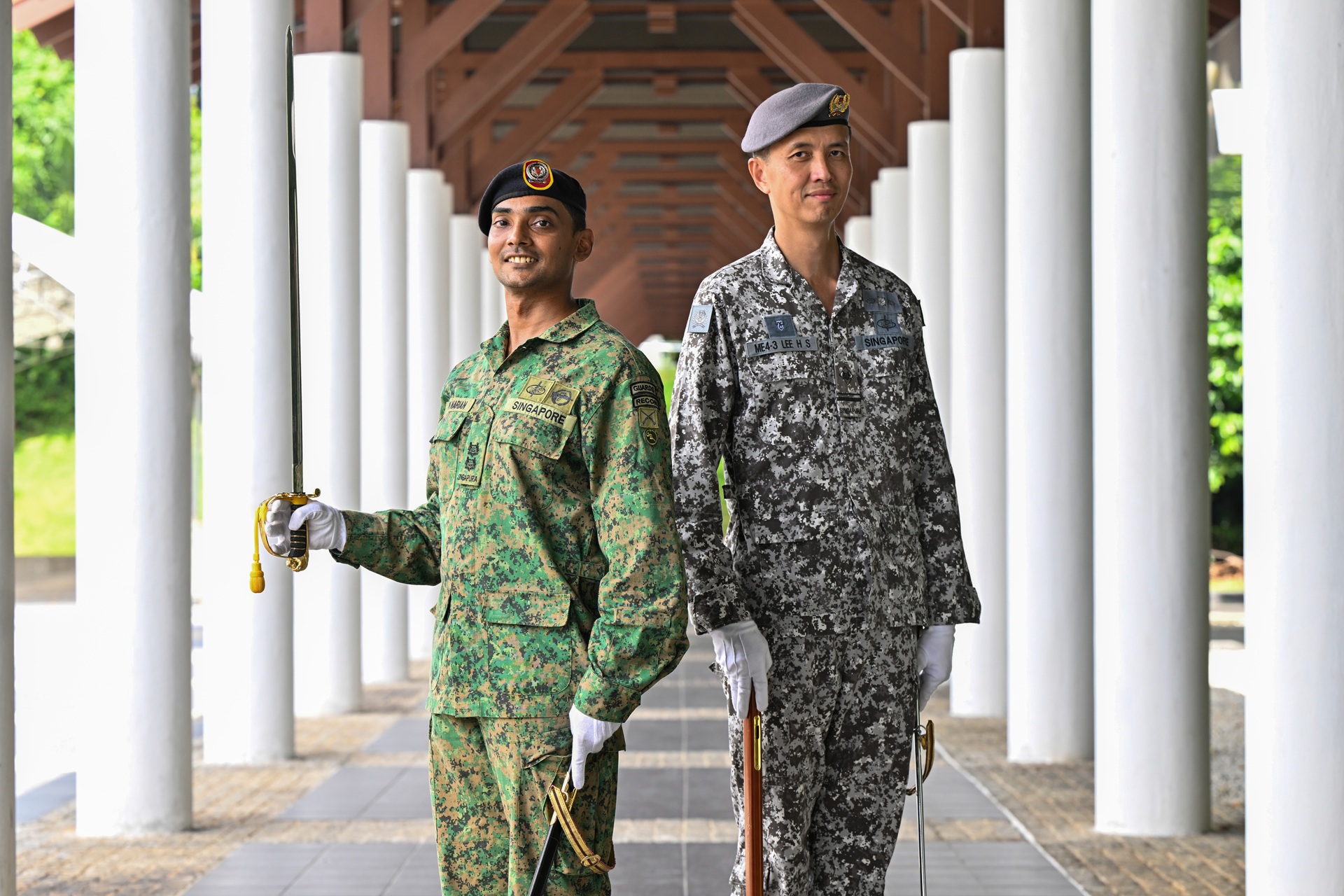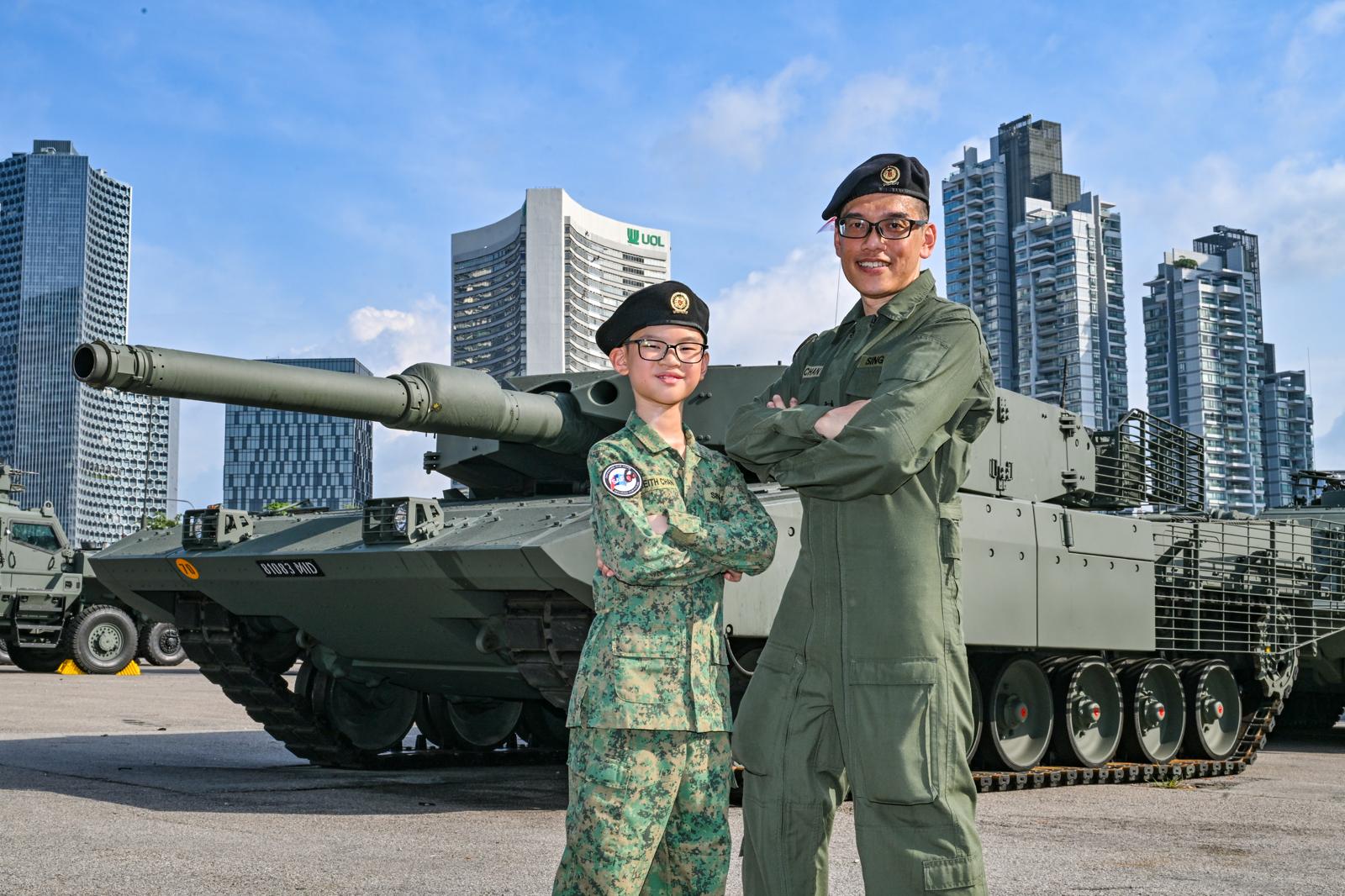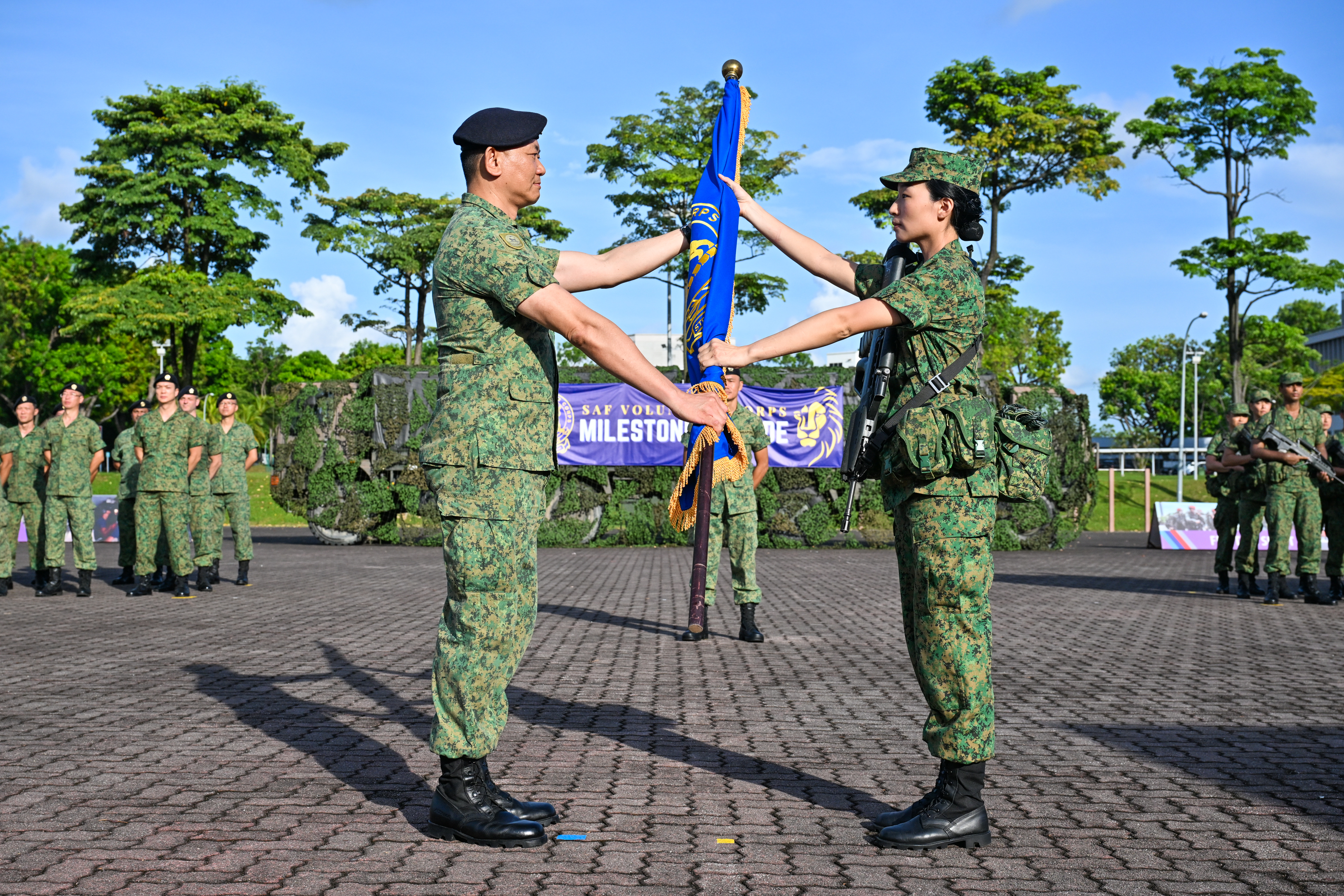NEXT-GEN INTELLIGENCE & DIGITAL CAPABILITIES FOR HOMELAND SECURITY OPS
15 C4I Bn's suite of sensors as well as data analytic and digital communication systems enhance decision-making and coordination across agencies.When Singapore Expo was under siege as part of an islandwide counter-terrorism exercise in May last year, the Singapore Armed Forces (SAF), Singapore Police Force (SPF) and Singapore Civil Defence Force (SCDF) mounted a smooth operation to neutralise the threats and restore order.
The successful drill was in part due to efforts by soldiers from the SAF's 15th Command, Control, Communications, Computers and Intelligence Battalion (15 C4I Bn), who set up a command post and deployed drones and cameras to facilitate mission planning as well as surveillance and reconnaissance.
In this year's Exercise Northstar, a multi-agency peacetime contingency and civil emergency exercise to be held in late March, 15 C4I Bn will once again be supporting the SAF and Home Team with its suite of sensors as well as data analytic and digital systems.
Inaugurated in 2020, 15 C4I Bn provides Command, Control, Communications, Computers and Intelligence, Surveillance and Reconnaissance (C4ISR) capabilities for the Island Defence Task Force (IDTF) and the 2nd People's Defence Force.
Here's a closer look at the battalion's capabilities.
Forward command post
During peacetime, the SAF's IDTF provides support to the Home Team for homeland security operations. If the SAF's assistance is required, the IDTF will activate 15 C4I Bn, which will deploy a Forward Command Post (FCP) at the incident site to support mission planning and operations monitoring.
The FCP will be stationed alongside the SPF and SCDF's command posts.
At the same time, 15 C4I Bn will deploy its sensors – the Pan-Tilt-Zoom (PTZ) Cameras and the DrN10 Vertical Take-Off and Landing Unmanned Aerial Vehicle (VTOL UAV) – around the incident sites to support surveillance and reconnaissance efforts.
Both the PTZ camera and DrN10 VTOL UAV are equipped with integrated camera and infra-red sensors to provide high-resolution imagery for both day and night operations. They are also equipped with intelligent tracking capabilities to monitor and track persons and vehicles of interest.
Next-gen systems
In the upcoming Exercise North Star, the battalion will provide integrated C4ISR capabilities to support the IDTF, said Lieutenant Colonel (LTC) Ivan He, Commanding Officer of 15 C4I Bn.
"Information from our intelligent sensors will be shared with our Home Team partners through our Next Generation Command and Control Information System (CCIS) for collective sense-making and decision-making," the 35-year-old added.
The FCP is equipped with the Next Generation CCIS and digital communications systems for video-teleconferencing. These systems provide commanders with a comprehensive situational picture, and allow them to coordinate responses across agencies, as well as command and control troops and assets effectively.
Information and analyses are also shared with Home Team agencies through the CCIS for collective sense-making and decision-making.
Eyes in the skies
Among 15 C4I Bn's sensor equipment is the locally developed DrN10 VTOL UAV, which can fly in closer to an area of interest for close surveillance. Each flight sortie can last up to 25 minutes. It can also be tethered to a portable power generator for continuous surveillance of up to six hours.
"The advantage is that the drone can fly anywhere (and) everywhere in its range to 'look' at the incident, and even hover at a specific point to continue 'staring' at the target of interest," explained LTC He.
Persistent camera surveillance
The PTZ camera, on the other hand, can be deployed on structures such as on a lamp post, roof or corridor, and has a 10x zoom function which allows surveillance on targets from a safe distance away. It can operate for up to 6 hours, and the batteries can be replaced without shutting down the camera.
"We look for suitable deployment sites based on our own judgment on the ground, and the PTZ cameras will be able to show the area (and target) of interest like a suspicious person," said 3SG Loh Sin Yi, 22, an army intelligence specialist.
In addition, the PTZ is controlled remotely; soldiers are not required to manage the camera system onsite.
"That is the advantage of the PTZ camera – it can be just left there in an unmanned manner," said LTC He, on how the PTZ camera helps to enhance soldiers' survivability and provides persistent surveillance.
Identifying patterns through video analytics
The video feeds from the PTZ cameras and DrN10 VTOL UAVs are transmitted to the cloud and can be accessed by commanders at the FCP using the Next Generation CCIS.
They are also transmitted to the Exploit Vehicle (EV), where soldiers from the exploitation team will use video analytic technologies to identify patterns and trends.
For example, if a particular vehicle plate number is picked up by any DrN10 VTOL UAV or PTZ camera, an alert will automatically be issued.
The information and analyses from the exploitation team are simultaneously shared with the FCP to help the commanders understand the situation and make decisions.
Full-time National Serviceman 3SG Subramanian Ramasamy, 20, a signals specialist who is in charge of setting up the systems in the FCP, said: "I feel proud to serve in the unit because I know that my role is of critical importance in getting the information to the commanders in time, so that they're able to make informed decisions and plan the next course of action."

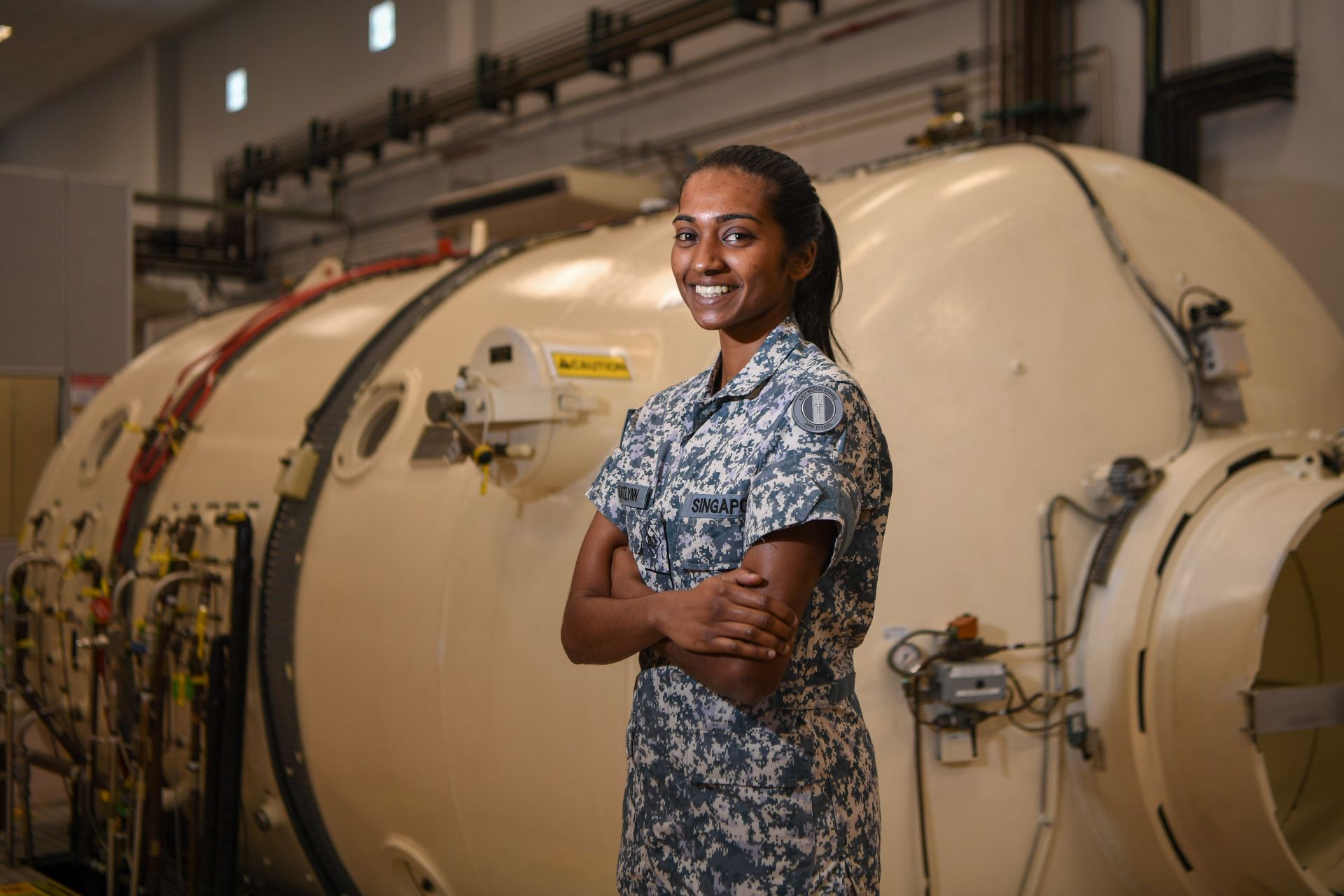
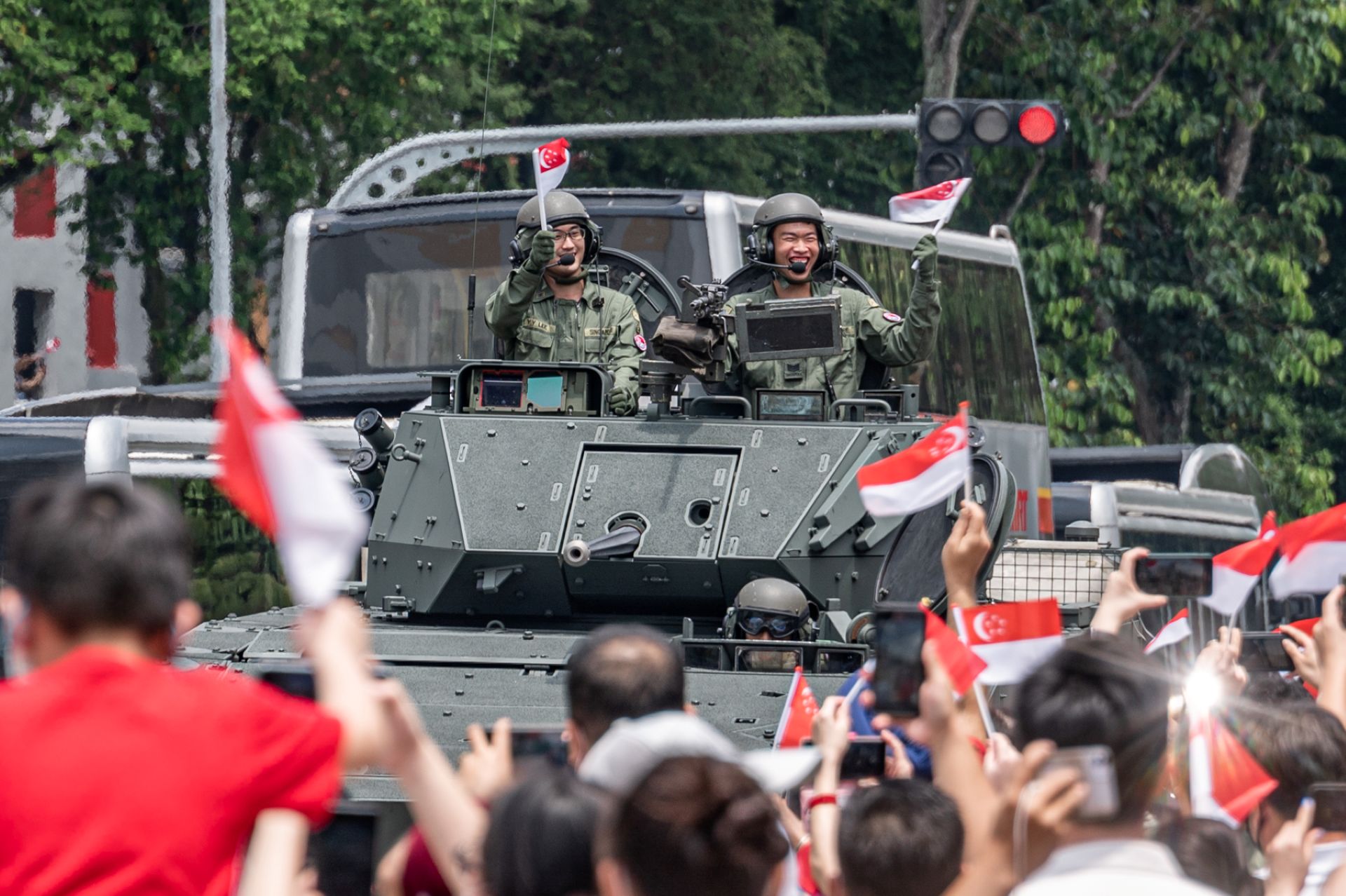
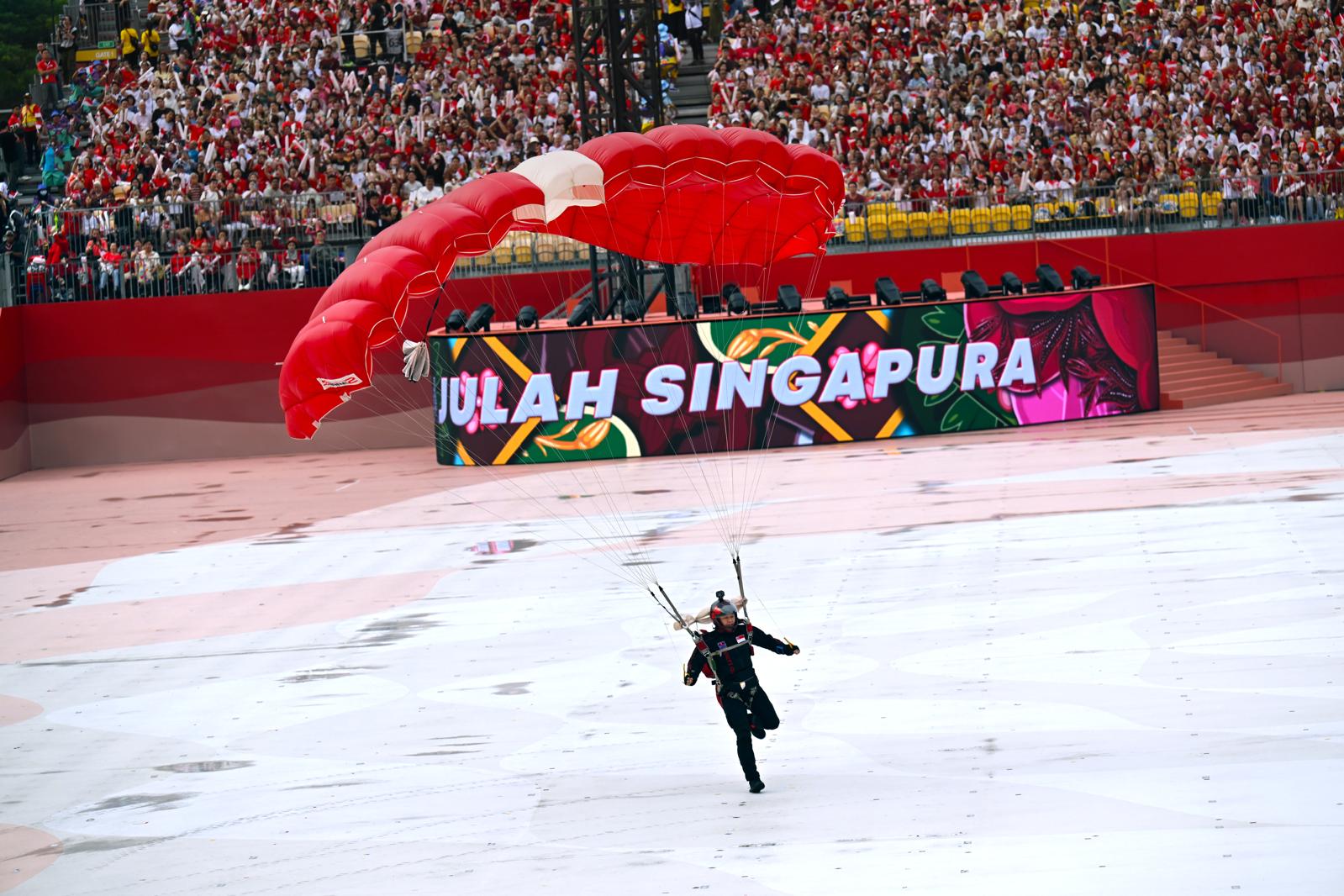
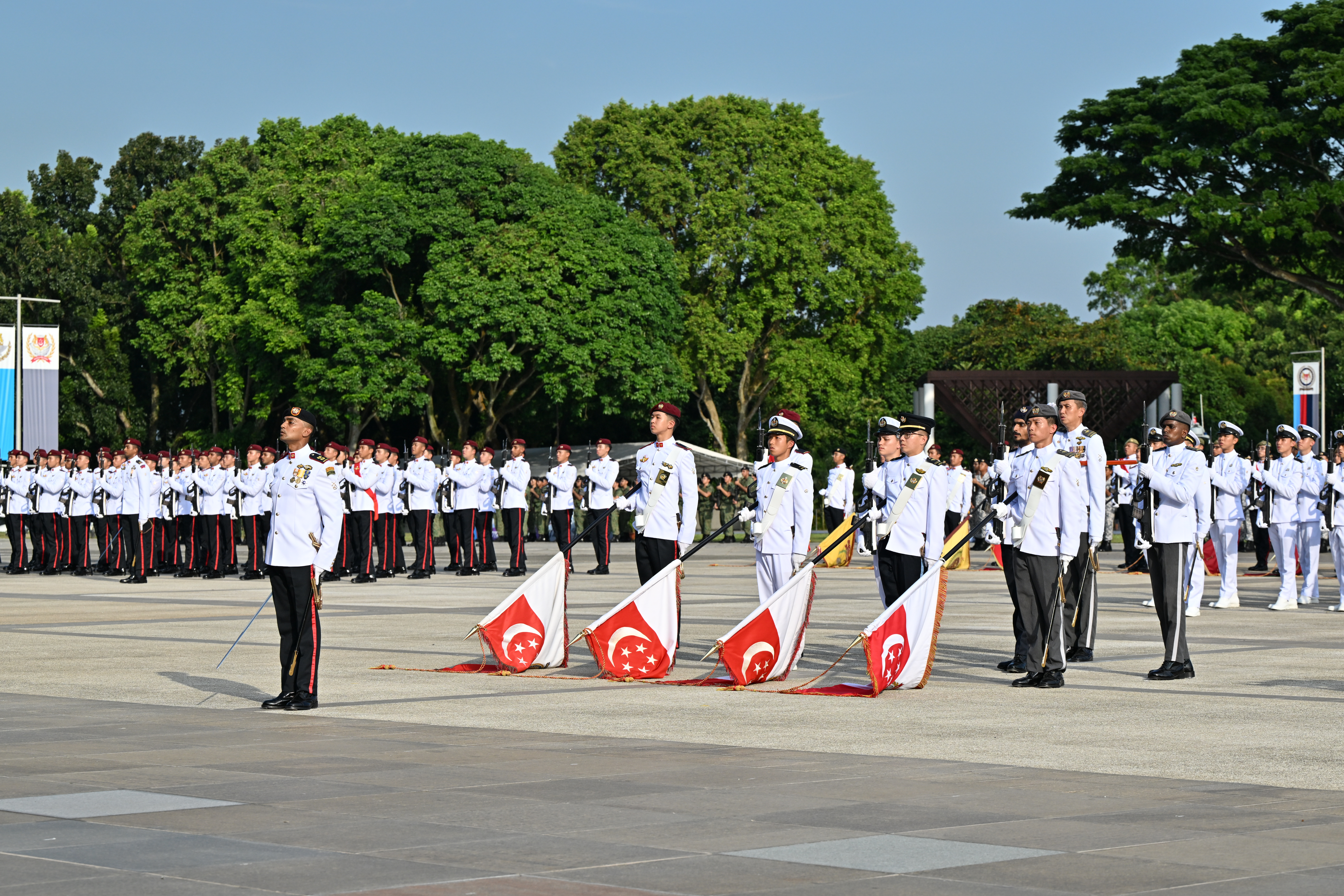
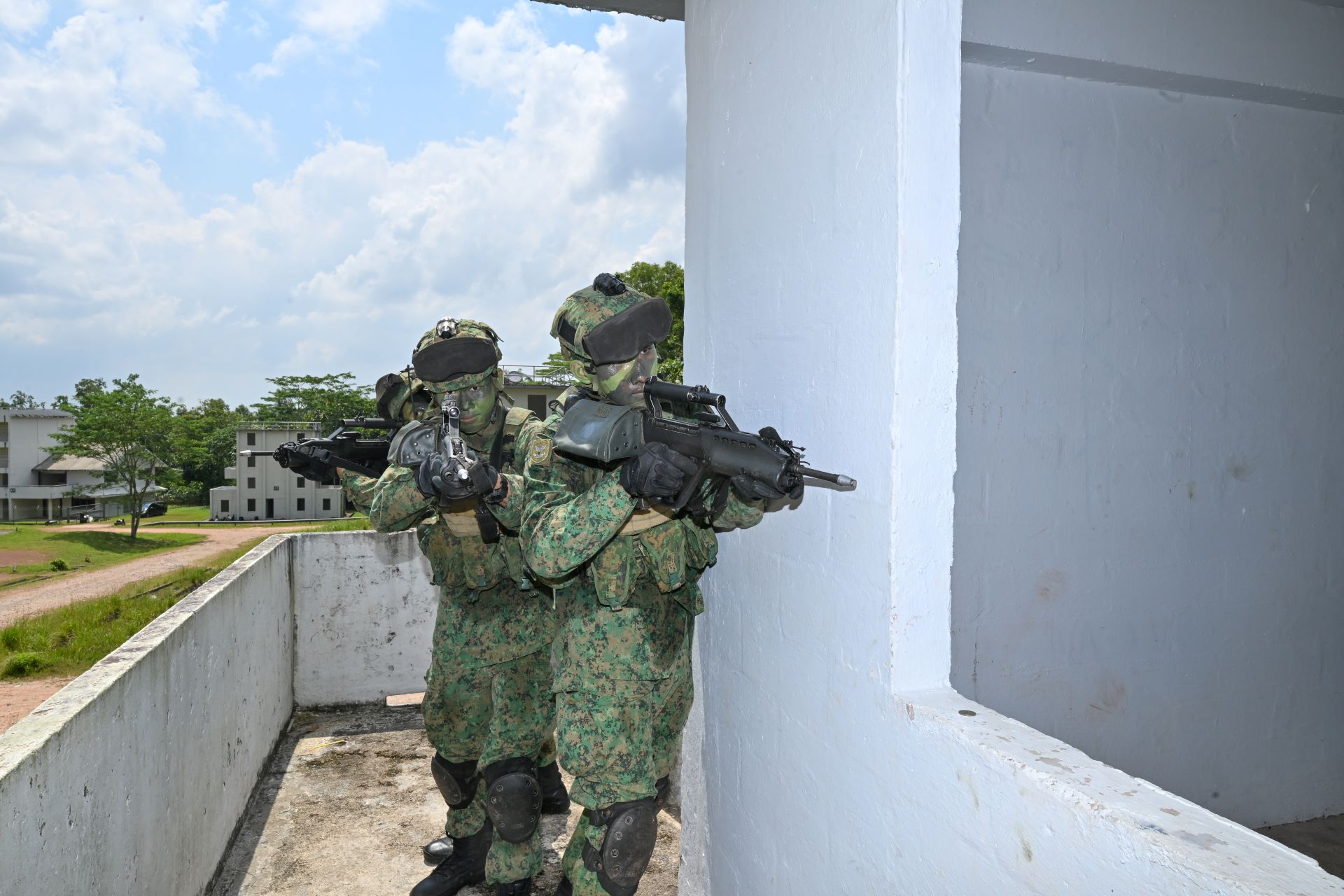
.jpg?sfvrsn=b5383902_1)
.jpg?sfvrsn=4eb1b86e_1)
